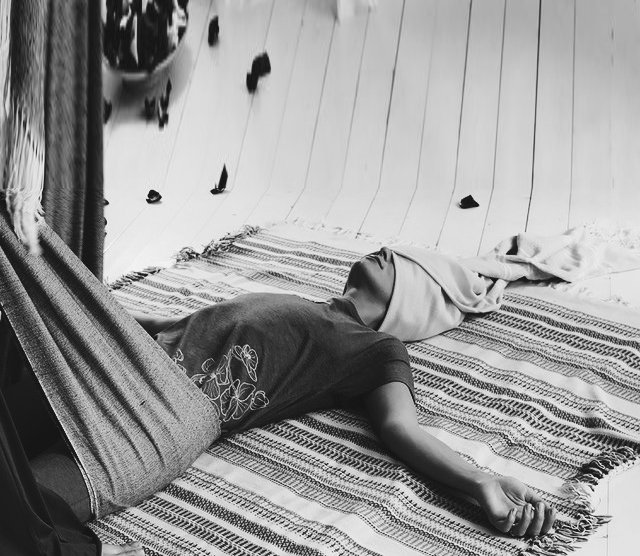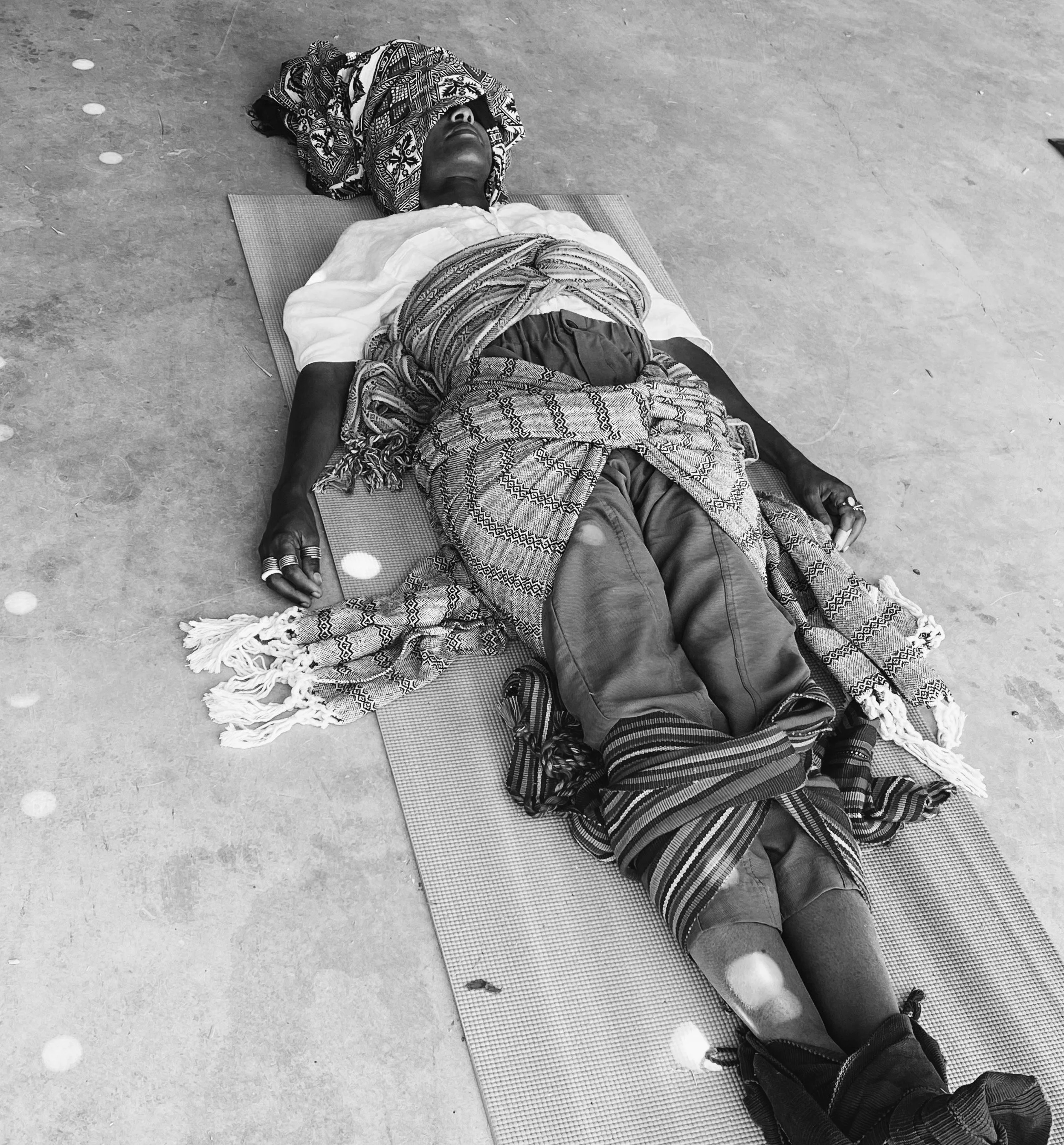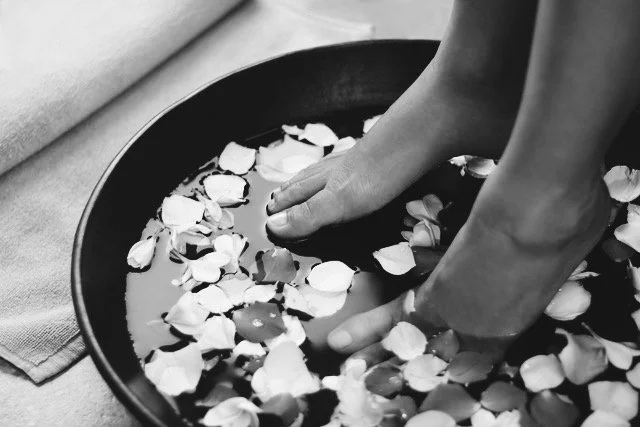
Birth Closing Ceremony
Birth Closing Ceremony
A deep bow of gratitude to my teachers, Rachelle Garcia Seliga of Innate Traditions and Sophie Messager who I have had the honor of studying under.
As women, our bodies are designed to do the most divine work. Childbirth. Becoming a mother is a rite of passage that deserves to be honored and celebrated. Rites of passage mark great change, taking us from one phase of life to another. Birth is the initiation that anchors us into motherhood. Integration is a key and necessary component after any transformational experience.
Our modern Western culture does not fully recognize and value the depth of the transformation that is taking place during the childbirth continuum. Birth accesses ancient wisdom stored in our bodies that changes the trajectory of our lives forever. It is an embodiment and remembrance of the intelligence and magnificence of life. During childbirth, we tap into an aspect of ourselves that we have never come in contact with before and transcend our previous self in order to become the new expression of our being – a mother.
Going through such a powerful metamorphosis can leave us feeling raw and vulnerable. Physically, our bodies have expanded and opened to grow life and give birth. In order to fully land back into our center we need to close our bodies.
While this sacred time is both magical and joyous for the mother and the family, it is also very strenuous on a mother’s mind, body, and spirit. As an Ayurvedic postpartum care practitioner, I am focused on honoring the fourth trimester, also known as the “sacred window,” for new mothers to ensure they are getting the support they need.
One of the ways I do this is by performing a Birth Closing Ceremony, more commonly known as “Closing the Bones.” It is a postnatal ceremony designed to support a woman's recovery after childbirth. It acknowledges the immense journey and radical shifts a woman has gone through, nurtures her physically and emotionally, and brings forth a sense of calm and grounding energy. On an energetic level, experiencing this ceremony cultivates a connection and builds a bridge between the expanded perspective after childbirth and the current reality of being a mother.
What is “Closing the Bones”?
Closing the Bones is an integrative ceremony that is commonly recognized as an ancient Mexican postpartum tradition; however, it also has origins in Russia, Morocco, and many other places in the world. Each culture has its own techniques in performing a postpartum ceremony, making it a truly unique and one-of-a-kind experience. Amongst all cultures, the ceremony is facilitated using a sacred woven shawl to wrap the mothers body, specifically known as a rebozo in Mexico. Pre-dating colonization, the rebozo is known to have arrived in Mexico by the Spaniards through the Arabs. Closing the Bones is a cross-cultural ritual created based on the body’s physiological needs after childbirth.

Birth Closing Ceremonies truly celebrate the divine abilities of the female body and grant new mothers a moment of stillness, meditative peace, and reflection as they begin this new stage of motherhood.
What does the ceremony entail?
Warmth
We open our time together with a variety of warming techniques, either the mother takes a hot bath, or soaks her feet, both filled with fresh cut flowers to bring beauty and to celebrate her journey. She may also receive a moxa treatment. Moxibustion is a form of heat therapy in which dried plant materials are burned near the surface of the skin. Warmth not only facilitates healing and the production of oxytocin, warmth moves the blood and lymph, which is very important during the postpartum time.
Creating a sacred space
The ceremony begins in a warm, quiet, and dimly lit space. A mat, blankets and five long pieces of fabric are then placed on the floor. To begin, we start with some breathwork and energy clearing before the new mother lays on the mat.
The power of movement
Using a rebozo, the mother receives a massage, starting at her head and moving down towards her feet. Her pelvis, along with the rest of her body — which has widened and opened to accommodate the growing baby and to give birth — is gently rocked. Doing this physical movement guides her bones back into place, helping her pelvic organs shift while improving overall blood flow and bringing her energy back to her center. Through this delicate rocking motion, a soothing effect takes place, while honoring the miracle work that the mother went through to bring new life into this world.
Balancing the mother’s energy
Like a cocoon, the mother’s body is tightly wrapped using five rebozos – specifically her feet, knees, hips, shoulders, and head. From there, she is given the opportunity to rest in this sacred space, and return to her body and her center.
When is a Birth Closing Ceremony offered?
The Closing Ceremony is a practice that can be equally transformational for any postpartum mother. Whether you’ve just given birth days ago or have been postpartum for 10, 20, or 30 years, the benefits that this ceremony can bring are universally rewarding.
Typically, this ceremony is offered:
during the fourth trimester
after the loss of a baby, miscarriage, stillbirth, or abortion
when a hysterectomy is suggested or after a hysterectomy
to support fertility difficulties or help with breastfeeding challenges
This Closing Ceremony celebrates motherhood and draws attention to the divine creation that is a mother’s body, something our modern day culture has forgotten.
I am honored to be able to facilitate this ritual and give mothers the time to heal and reflect on their journey thus far, while being supported along the way.
If you are interested in experiencing this powerful and ancient practice, or would like to gift this ceremony to a mother in your life, connect with me here.


